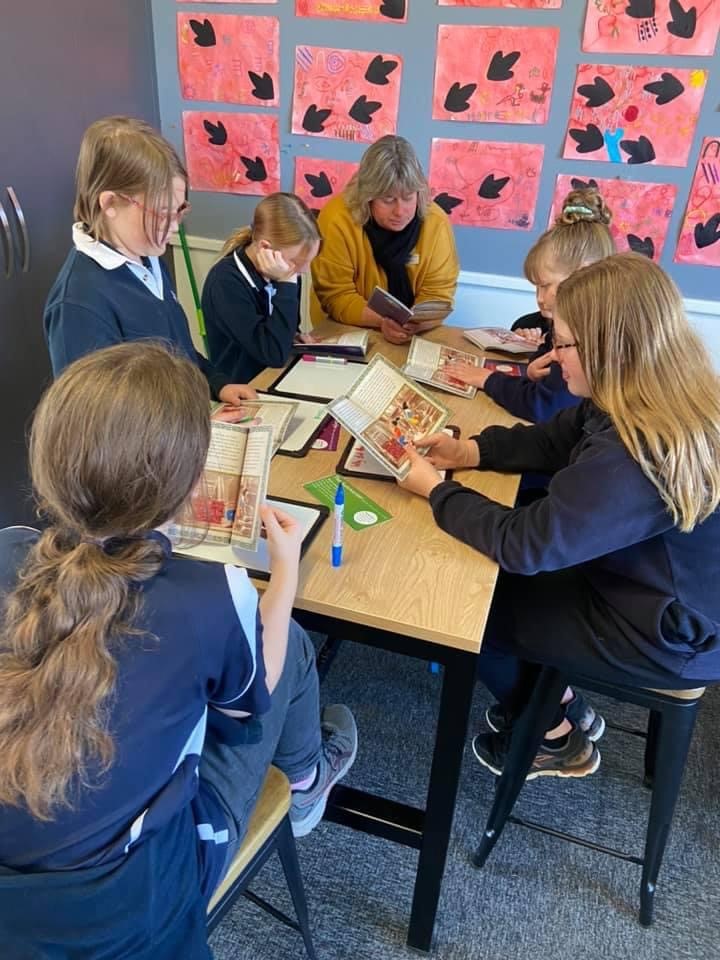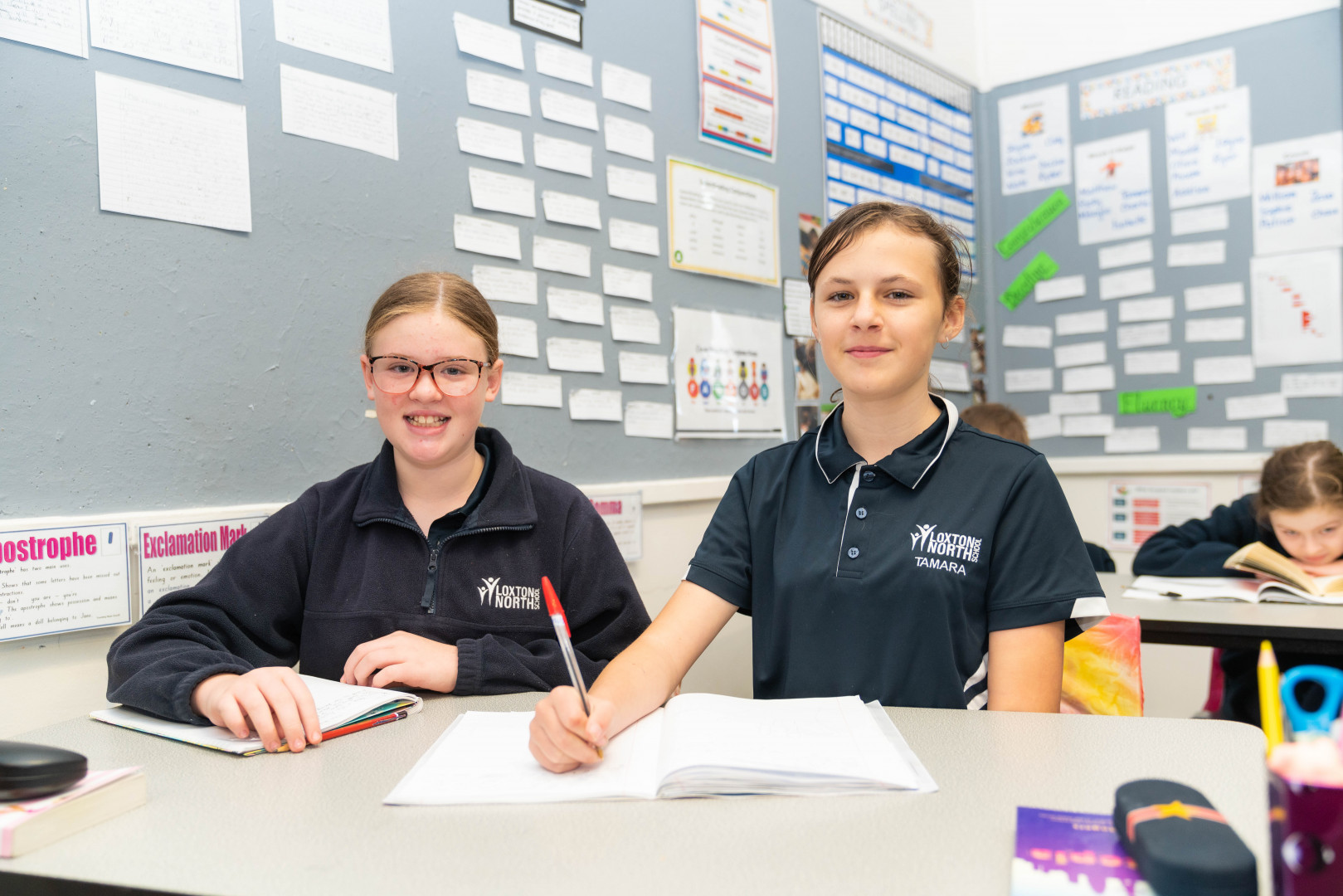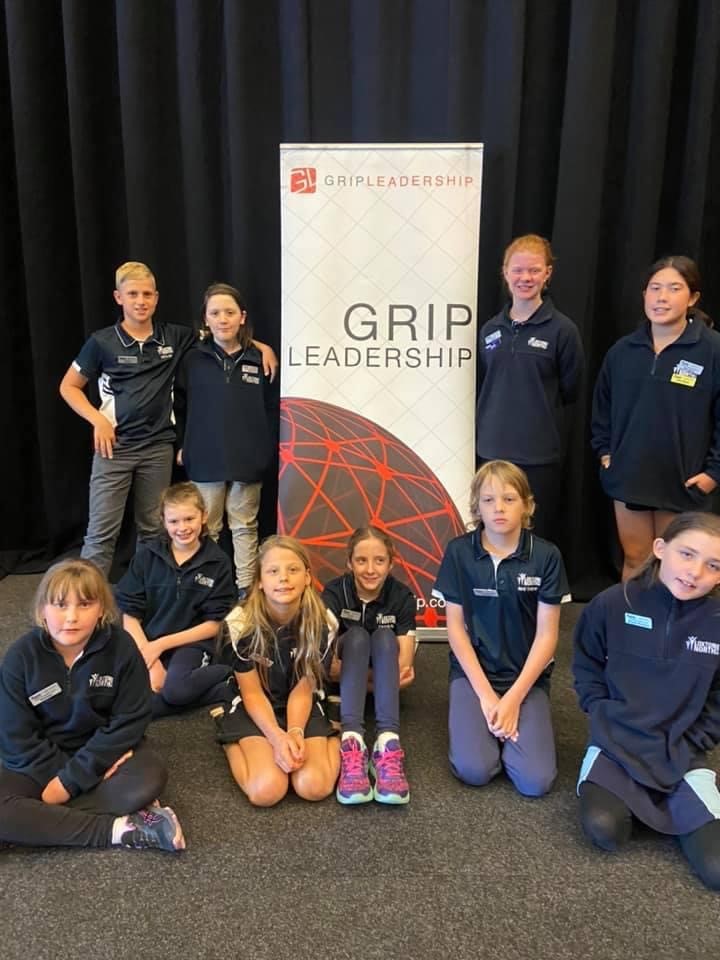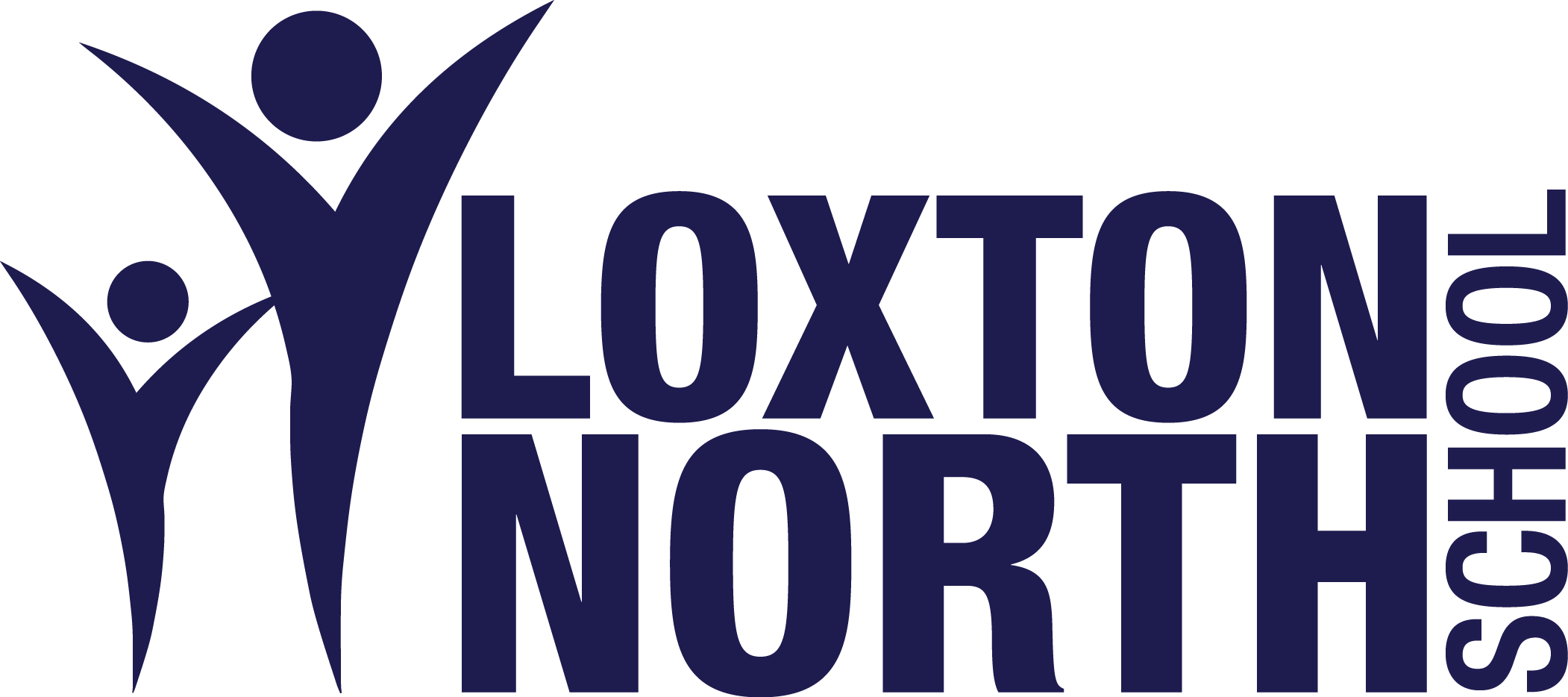Curriculum
Australian Curriculum
The Australian Curriculum has 8 key learning areas students will experience and grow their knowledge and understanding:
- English – Reading, Writing, Speaking & Listening
- Mathematics – Number & Algebra, Measurement & Geometry, Statistics & Probability
- Science – Inquiry skills, Human Endeavour and Science Understanding
- Humanities and Social Science (HASS) – History and Geography
- Technologies – Design and Technology & Digital Technologies
- The Arts – Drama, Music, Dance, Visual Arts & Media Arts
- Health and Physical Education – Personal, Social and Community Health & Movement and Physical Activity
- Languages – AUSLAN, sign language for the hearing impaired
For further information go to https://www.australiancurriculum.edu.au/
Teachers will send home a term overview at the beginning of each term about the teaching and learning linking these 8 areas. English and Mathematics has a compulsory 300 minutes of learning each for the week. Teachers may programme using themes, integrated topics or broad interest areas. Teachers may work in teams, cross-age, or individualise programs for students based on their needs.
Specialist Areas – STEM and AUSLAN
Students experience 4 lessons of STEM each week. Students focus not only on the Science disciplines of Biology, Physics, Chemistry and Earth and Space Sciences but also learn how science is applied in the real world. Where possible students are involved in Citizen Science projects to bring their learning to life and a strong relationship with the local Landscape SA board helps to bring a broader understanding of their environment.
Design and Digital Technology learning is integrated into STEM lessons, along with Maths concepts to ensure students have a learning program that not only meets the curriculum but reflects how these skills are used in daily life. Students are guided by the engineering process throughout projects, where they develop their ideas through a set process of empathising with who they are trying to help, defining the problem, ideate to come up with multiple possible solutions, making a prototype and testing their design. Students are encouraged to be critical of their design and are given the opportunity to improve on their design.
We have many resources at Loxton North School that aid the development of the skills of students. Our fruit orchard and vegetable patch is a very popular learning space with students. While our chicken coop and recycling centre is a place not only of learning but of relaxation and calm. Students learn the practical side of recycling theory through using our worm farm, compost bins and chicken keeping. Luckily our chickens like to have a cuddle and also appreciate being read a good book, which is so important for student learning in how to care for, handle and respect animals.
Our natural scrub area is a great learning resource in winter where the plant and birdlife is appreciated as a real-world learning resource. Students are also supported in their learning with 1:1 ipad and computer access. Bee-bots, Lego-We-Do, Makey Makeys and Microbits are some of the resources our school uses to teach students about coding and problem solving. They also learn how to design and print 3D projects on the school’s 3D printer.
AUSLAN, Australian Sign Language is also taught during STEM lessons. Learning through song is preferred by students and thoroughly enjoyed by audiences at school events. The rationale of AUSLAN is that it:
- broadens students’ understanding that each language is an integrated; and encourages understanding of the role of language as an expression of cultural and personal identity and a shaper of perspectives
- opportunities for students to expand their engagement with the wider world and to reflect on the cultural and social assumptions that underpin their own world view and language use. Such awareness of different perspectives is an integral part of effective communication
- contributes to the development of critical thinking and the ability to adapt to change and equips students with learning strategies and study habits
Visible Learning
Visible learning enables students to understand where they are with their learning, what they need to do to progress and how they will get there. Students are taught about the characteristics of an ‘effective learner’ – Persist, Self–Regulate, Think, Communicate and Seek which are referred to throughout learning. Teachers use this evidence based research to implement practice that supports the teaching and learning process. You will see and hear about learning intentions, success criteria, feedback, goal setting, examples of what a good one looks like and “bump it up walls” which show the next step and achievement. Students have a visible understanding of learning.
Multi Year Level Classes
Students are all individuals who have various strengths, skills and abilities; this is highly valued and nurtured at Loxton North School. Each classroom has multiyear levels and differentiates learning so the curriculum is covered, individual needs are met and most importantly, stretch in learning is provided. This is made possible through class sizes and various learning spaces that enable micro teaching to smaller groups of students to develop a skill further.
Students enjoy working with a range of different year levels which creates a network of learners for students to access, positive role models and strong relationships are formed.
Support Programs
Students learning are monitored by staff constantly through observations, classroom assessments and formal testing which has benchmarks of where students should be at with their learning. This data is also recorded on Scorelink and shared with parents/carers along with the Departments Standards of Educational Achievement Chart.
Students who are not at benchmark levels may access literacy and numeracy support programs. Intervention occurs regularly, often 3 times per week for 20 minutes. These regular skill sessions are intentional and repetitive which enables success and progression to occur. Parents/carers will be informed if your child is involved.











